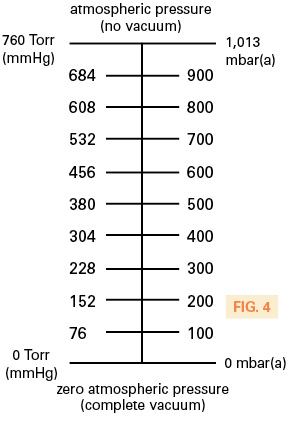

This is the first step for future research and the transfer to in vitro and in vivo application of 197(m)Hg-labeled radiotracers. To evaluate the potential for diagnostic imaging, phantom measurements were performed and compared to Monte Carlo simulations in order to better understand the physical behavior of the photons emitted by 197(m)Hg. This manuscript focuses on the imaging capabilities of 197(m)Hg. This could, for example, allow measurements of its biodistribution, a prerequisite for dose calculations in the therapeutic setting. Apart from its therapeutic potential, 197mHg is suitable for imaging studies due to gamma and X-ray emission upon its decay. The radial dose distribution is comparable to the dose distribution from 177Lu, a therapeutic radionuclide that is routinely used in nuclear medicine. Therapeutic applications of 197mHg and 197Hg are conceivable because of their suitable emission spectra. Hence, 197(m)Hg is very attractive for therapeutic and diagnostic application. The novel possibility of producing 197(m)Hg using a cyclotron allows to achieve high specific activities without any neuro- or chemotoxic effects. Consequently, a large amount of mercury was required for imaging, leading to neurotoxic side effects. Back then, radiomercury was produced using reactor neutrons and had a low specific activity. Radiomercury in the form of 203Hg was initially investigated for clinical use in the 1950s and a few diagnostic applications of 197Hg occurred in the 1970s. One such radioisotope is mercury 197Hg and its metastable state 197mHg, henceforth referred to as 197(m)Hg. Hence, a special focus is on the development of “theranostic” radioisotopes that combine the advantages of therapeutic and diagnostic radioisotopes.

It is favorable that the radionuclides for diagnostic and therapeutic application are isotopes of the same chemical element because little variations in the chemical composition of radiotracers can cause large variations in the biodistribution during diagnostic and therapeutic application. To this end, pre-therapeutic imaging is performed in order to visualize the distribution of lesions and to estimate the biokinetics of the radionuclides. Prior to therapeutic treatment, it is mandatory to estimate the absorbed dose. For therapeutic application, alpha- or beta-particle emitting radionuclides are applied to achieve a large dose deposition in tumors or metastases like 223Ra, 90Y, 177Lu, and 188Re. For diagnostics, it is favorable that the isotopes emit gamma radiation with energies of a few hundred kiloelectron volt like 99mTc, 123I, or 111In. The emitted radiation can be used either for diagnostic or for therapeutic purposes. The physical fundament of nuclear medicine is the application of radioactive isotopes. We demonstrated the imaging capabilities of 197(m)Hg which is essential both for diagnostic applications and to determine the in vivo biodistribution for dose calculations in therapeutic applications. Furthermore, we found that no significant image distortion results from high-energy photons when using the LEHR collimator. Measurements and simulations for the bar phantom revealed that for the LEHR collimator, the 6-mm pattern could be resolved, whereas for the HEGP collimator, the resolution is about 10 mm. Simulations allowed the decomposition of the detected energy spectrum into photon origins. ResultsĪ good accordance between measurements and simulations was found for planar and SPECT imaging.

#In hg to bar software#
Furthermore, Monte Carlo simulations using the GATE software were performed to theoretically explore the imaging contribution from the various gamma and X-ray emissions from 197(m)Hg for a commercial clinical camera with low-energy high-resolution (LEHR) and high-energy general-purpose (HEGP) collimators. We estimated the spatial resolution by using a four-quadrant bar phantom, and we evaluated the planar and tomographic images from an abdominal phantom containing three cylindrical sources of 197(m)Hg solution. The aim of this work was to investigate the capabilities of 197(m)Hg for nuclear medicine imaging. Therefore measurements were performed by using a Philips BrightView SPECT camera. Radiomercury 197mHg and 197Hg, henceforth referred to as 197(m)Hg, is a promising theranostic radionuclide endowed with properties that allow diagnostic and therapeutic applications.


 0 kommentar(er)
0 kommentar(er)
